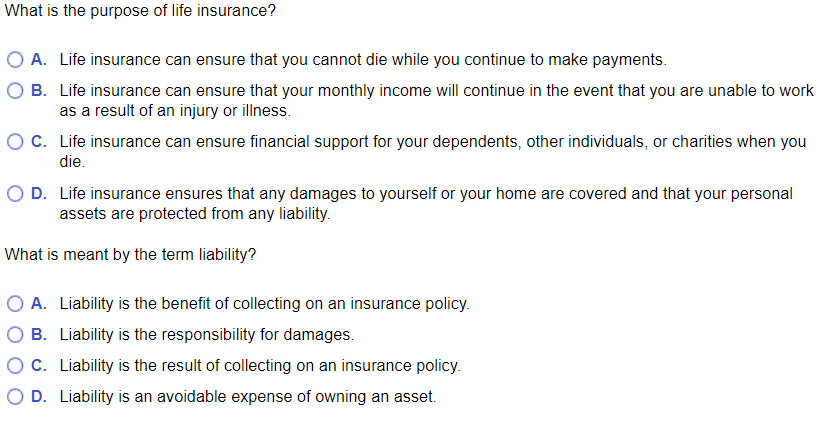Pacific Prime Fundamentals Explained
Table of Contents10 Simple Techniques For Pacific PrimeThe Pacific Prime PDFsThings about Pacific PrimeThe 2-Minute Rule for Pacific Prime4 Easy Facts About Pacific Prime Explained

This is because the information were collected for a period of solid economic efficiency. Of the approximated 42 million people that were uninsured, all however concerning 420,000 (regarding 1 percent) were under 65 years old, the age at which most Americans end up being qualified for Medicare; 32 million were adults in between ages 18 and 65, around 19 percent of all adults in this age team; and 10 million were children under 18 years of age, concerning 13.9 percent of all children (Mills, 2000).
These price quotes of the number of persons uninsured are generated from the annual March Supplement to the Present Populace Study (CPS), conducted by the Demographics Bureau. Unless or else noted, national price quotes of people without health insurance policy and proportions of the population with various sort of insurance coverage are based on the CPS, one of the most extensively utilized resource of quotes of insurance policy coverage and uninsurance rates.
See This Report about Pacific Prime

Still, the CPS is particularly useful since it produces yearly price quotes fairly rapidly, reporting the previous year's insurance policy protection approximates each September, and due to the fact that it is the basis for a constant set of estimates for more than 20 years, permitting evaluation of patterns in coverage with time. For these factors, in addition to the comprehensive use of the CPS in various other research studies of insurance protection that exist in this report, we depend on CPS quotes, with limitations kept in mind.

The quote of the number of without insurance people increases when a population's insurance policy condition is tracked for numerous years. Over a three-year period starting early in go to my site 1993, 72 million people, 29 percent of the U.S. https://www.anyflip.com/homepage/fcter#About. populace, were without coverage for a minimum of one month. Within a single year (1994 ), 53 million individuals experienced at the very least a month without protection (Bennefield, 1998a)
6 out of every 10 uninsured grownups are themselves employed. Working does boost the probability that one and one's family participants will have insurance coverage, it is not a guarantee. Also members of family members with two permanent wage earners have virtually a one-in-ten possibility of being without insurance (9.1 percent uninsured price) (Hoffman and Pohl, 2000).
Pacific Prime Can Be Fun For Anyone
New immigrants account for a significant percentage of people without medical insurance. One evaluation has attributed a considerable section of the current development in the size of the U.S. uninsured population to immigrants that got here in the nation in between 1994 and 1998 (Camarota and Edwards, 2000). Recent immigrants (those who pertained to the USA within the previous four years) do have a high rate of being uninsured (46 percent), however they and their kids represent simply 6 percent of those without insurance policy across the country (Holahan et al., 2001).
The relationship between medical insurance and access to care is well established, as documented later in this chapter. The partnership in between health and wellness insurance coverage and health outcomes is neither straight neither easy, a substantial clinical and health solutions study literature links wellness insurance policy coverage to improved accessibility to care, much better quality, and boosted personal and population wellness condition.
Levels of evaluation for examining the impacts of uninsurance. It focuses particularly on those without any kind of health and wellness insurance policy for any size of time.
Pacific Prime for Dummies
The problems encountered by the underinsured are in some aspects similar to those encountered by the without insurance, although they are normally less severe. Wellness insurance policy, nevertheless, is neither required nor adequate to obtain access to medical solutions. The independent and direct result of health and wellness insurance protection on access to wellness solutions is well established.
Others will certainly acquire the wellness care they require also without medical insurance, by spending for it out of pocket or seeking it from suppliers who supply care free or at extremely subsidized rates. For still others, medical insurance alone does not guarantee invoice of care due to various other nonfinancial barriers, such as a lack of healthcare providers in their neighborhood, limited access to transportation, illiteracy, or etymological and cultural distinctions.
The 10-Minute Rule for Pacific Prime
Formal research study regarding without insurance populations in the United States dates to the late 1920s and early 1930s when the Committee on the Expense of Healthcare generated a collection of reports regarding funding medical professional workplace gos to and hospital stays. This concern came to be salient as the numbers of medically indigent climbed during the Great Anxiety.